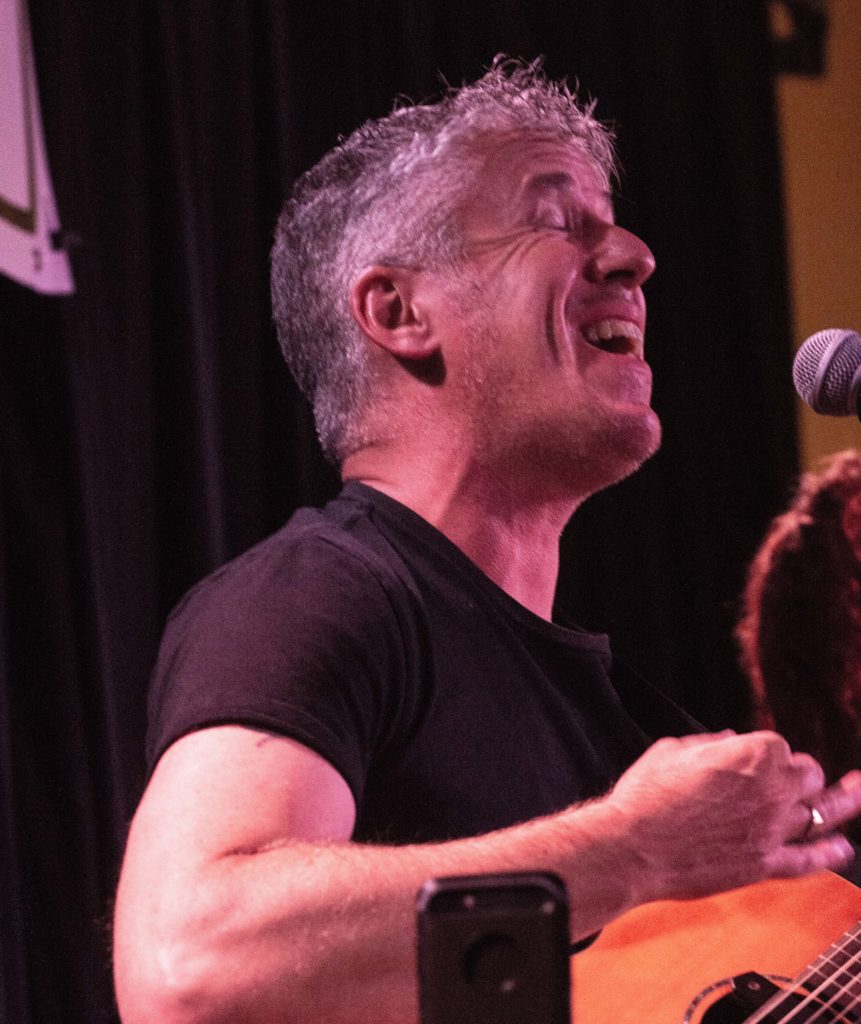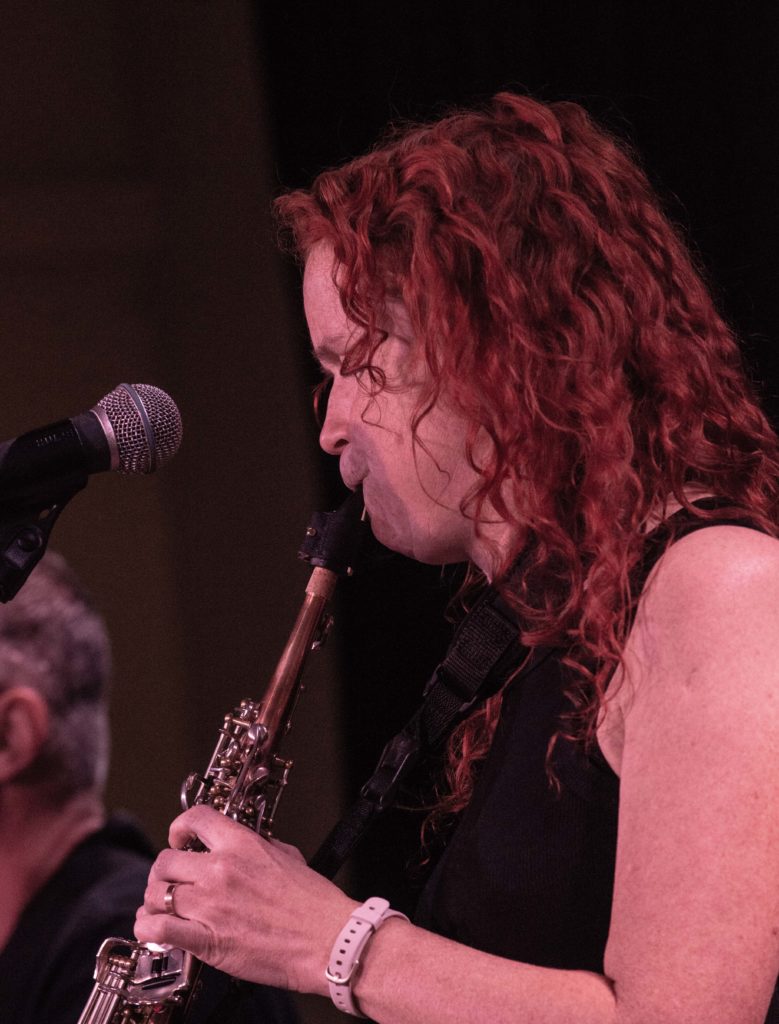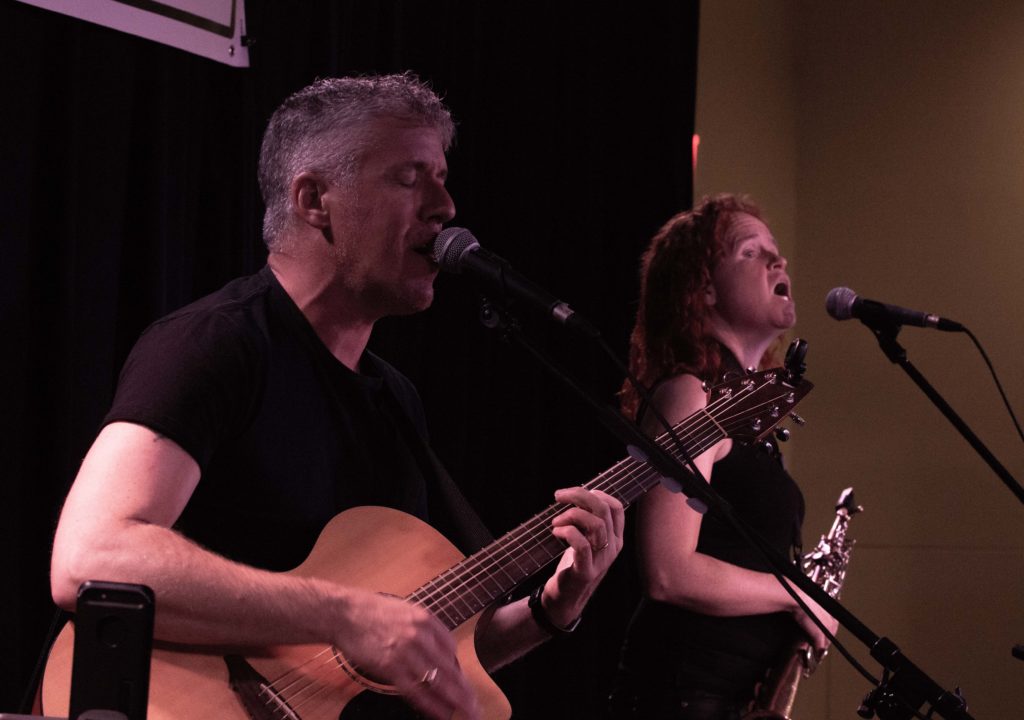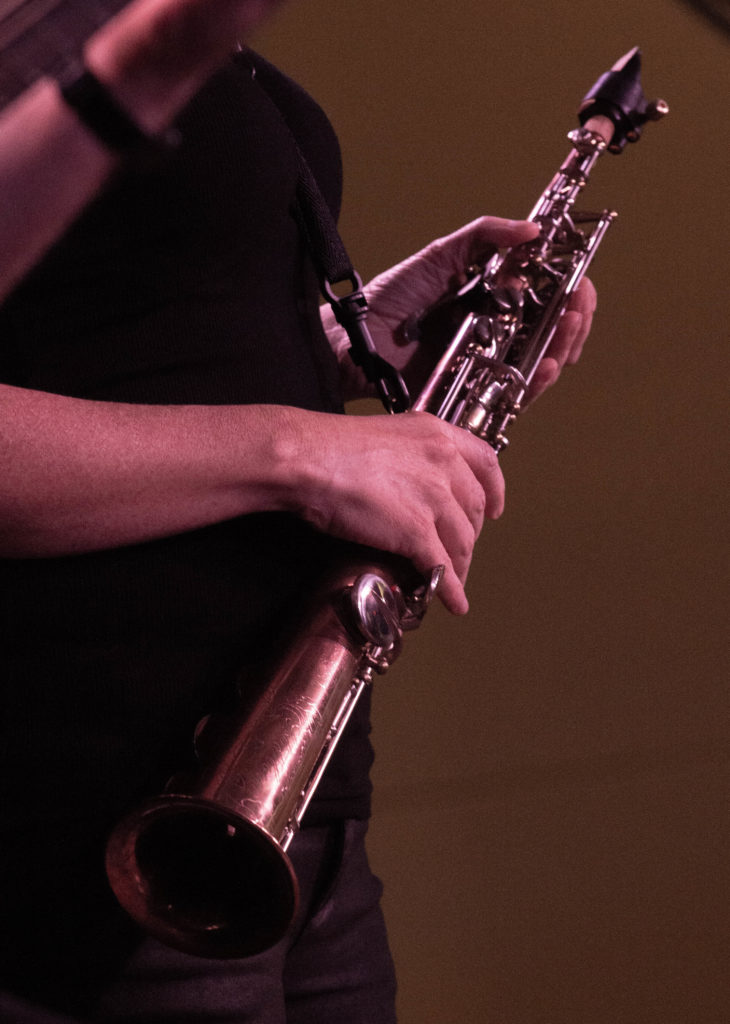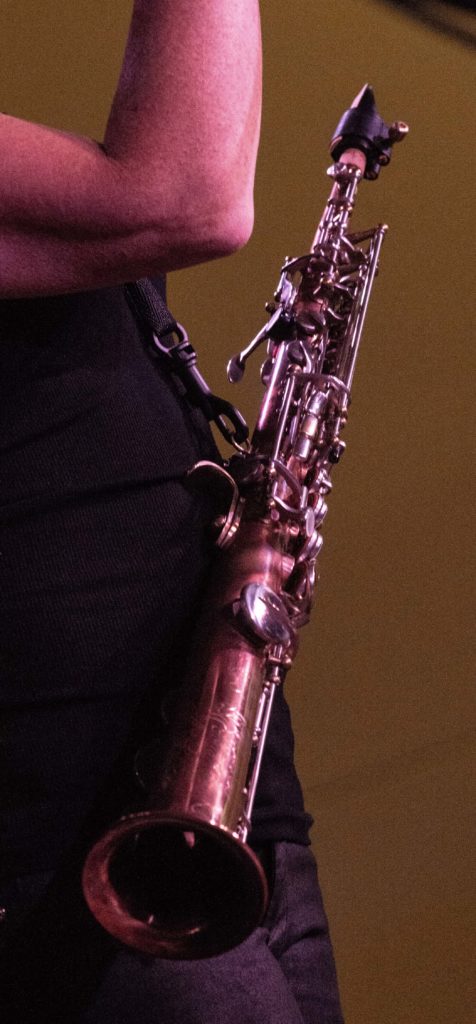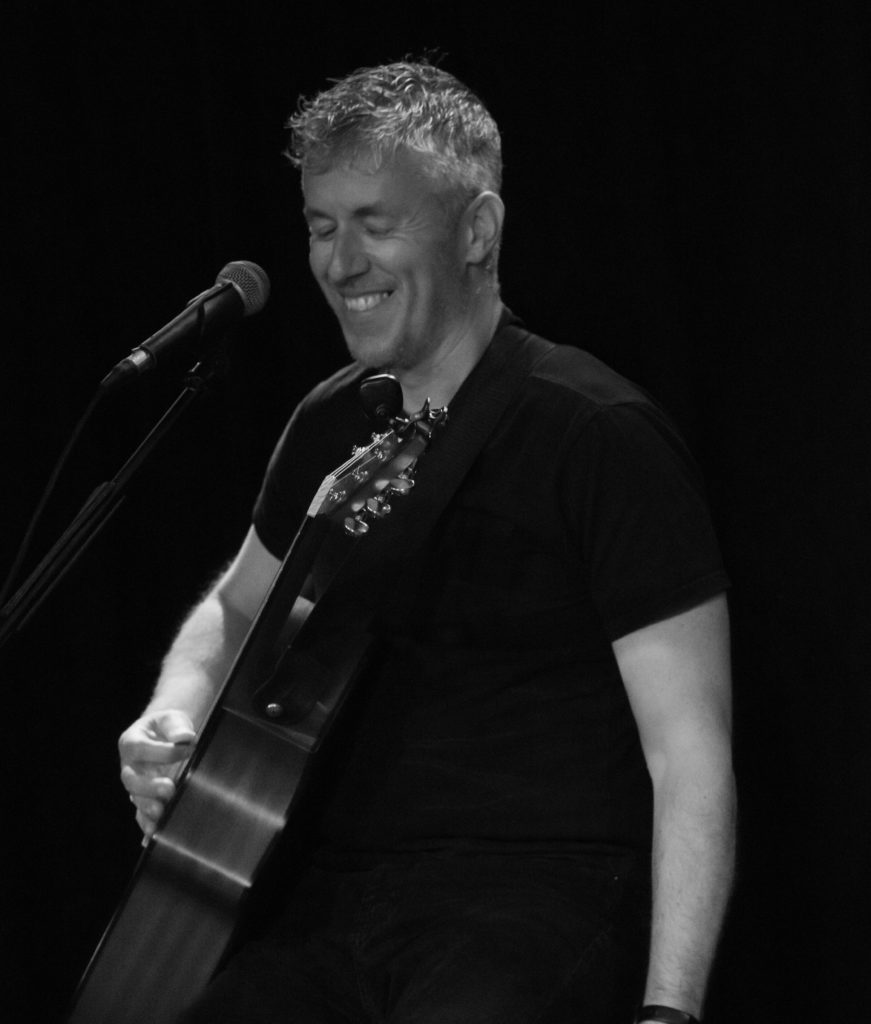There are masses of literature out there devoted to politicians and geopolitics and it is a realm that one enters with some risk. Many preconceived notions go there to die or be forever altered. In the search for what is true or real, one book always leads to another and another and the whole effort ends up being a trip down “a rabbit hole”. Here are some books I encountered in a recent trip down “the rabbit hole”.
@@@@@@@@@@@@@
ASSASSINATION ON EMBASSY ROW by John Dinges
“Edgar Award Finalist: The gripping account of an assassination on US soil and the violent foreign conspiracy that stretched from Pinochet’s Chile to the streets of Washington, DC, with a new introduction by Ariel Dorfman.
On September 10, 1976, exiled Chilean leader Orlando Letelier delivered a blistering rebuke of Augusto Pinochet’s brutal right-wing regime in a speech at Madison Square Garden. Eleven days later, while Letelier was on Embassy Row in Washington, DC, a bomb affixed to the bottom of his car exploded, killing him and his coworker Ronni Moffitt. The slaying, staggering in its own right, exposed an international conspiracy that reached well into US territory. Pinochet had targeted Letelier, a former Chilean foreign minister and ambassador to the United States, and carried out the attack with the help of Operation Condor, the secret alliance of South America’s military dictatorships dedicated to wiping out their most influential opponents.
This gripping account tells the story not only of a political plot that ended in murder, but also of the FBI’s inquiry into the affair. Definitive in its examination both of Letelier’s murder and of the subsequent investigations carried out by American intelligence, Assassination on Embassy Row is equal parts keen analysis and true-life spy thriller……… Amazon Books”
@@@@@@@@@@@@@
Of course it can’t end there one must investigate what actually happened in Chile back in the 1970s and there is no better guide than –

“The shock doctrine is the unofficial story of how the “free market” came to dominate the world, from Chile to Russia, China to Iraq, South Africa to Canada. But it is a story radically different from the one usually told. It is a story about violence and shock perpetrated on people, on countries, on economies. About a program of social and economic engineering that Naomi Klein calls “disaster capitalism.”
Based on breakthrough historical research and 4 years of reporting in disaster zones, Klein explodes the myth that the global free market triumphed democratically, and that unfettered capitalism goes hand-in-hand with democracy. Instead, she argues it has consistently relied on violence and shock, and reveals the puppet strings behind the critical events of the last 40 years.
“The shock doctrine” is the influential but little understood theory that in order to push through profoundly unpopular policies that enrich the few and impoverish the many, there must be a collective crisis or disaster—real or manufactured. Klein vividly traces the origins of modern shock tactics to the economic lab of the University of Chicago under Milton Friedman in the 60s, and beyond to the CIA-funded electroshock experiments at McGill in the 50s which helped write the torture manuals used today at Guantanamo Bay. She details the events of the recent past that have been deliberate theatres for the shock doctrine: among them, Pinochet’s coup in Chile in 1973, the Tiananmen Square Massacre in 1989, the collapse of the Soviet Union in 1991; and, more recently, the September 11 attacks, the invasion of Iraq, the Asian tsunami and Hurricane Katrina. And she shows how—in the hands of the Bush Administration—the “war on terror” is a thin cover for a thriving destruction/reconstruction complex, with disasters, wars and homeland security fuelling a booming new economy. Naomi Klein has once again written a book that will change the way we see the world.” ………. Amazon Books
@@@@@@@@@@@@@
I have always had a belief that as a nation or a culture we are trapped by our mythologies that some times bears no relationship to what actually happened way back when. Americans are trapped by myths surrounding the Founding Fathers, the Wild West and so on. Australians and Canadians are trapped “Birth of Nation” myths spawned by the ANZAC Tradition and involvements in The Great War.
@@@@@@@@@@@@@
Here is another myth that has little or no basis in fact. It didn’t happen the way it has been portrayed in earlier books and films. There was no last stand and Mexico prohibited the owning of slaves and was actually on the side of freedom. This is one of a number of recent books that has exploded the myth. One wonders how the Texas tourist industry will address the demise of the myth.
@@@@@@@@@@@@@
This recent rewriting of history is having almost explosive consequences for our perception of race and racism in the USA. I found there was a lot of poetry and padding in the book that I tended to skip over. However, the essence of the premise is compelling.
“ONE OF THE BEST BOOKS OF THE YEAR: The Washington Post, NPR, Esquire, Marie Claire, Electric Lit, Ms. magazine, Kirkus Reviews, Booklist
In late August 1619, a ship arrived in the British colony of Virginia bearing a cargo of twenty to thirty enslaved people from Africa. Their arrival led to the barbaric and unprecedented system of American chattel slavery that would last for the next 250 years. This is sometimes referred to as the country’s original sin, but it is more than that: It is the source of so much that still defines the United States.
The New York Times Magazine’s award-winning “1619 Project” issue reframed our understanding of American history by placing slavery and its continuing legacy at the center of our national narrative. This new book substantially expands on that work, weaving together eighteen essays that explore the legacy of slavery in present-day America with thirty-six poems and works of fiction that illuminate key moments of oppression, struggle, and resistance. The essays show how the inheritance of 1619 reaches into every part of contemporary American society, from politics, music, diet, traffic, and citizenship to capitalism, religion, and our democracy itself.
This is a book that speaks directly to our current moment, contextualizing the systems of race and caste within which we operate today. It reveals long-glossed-over truths around our nation’s founding and construction—and the way that the legacy of slavery did not end with emancipation, but continues to shape contemporary American life.
Featuring contributions from: Leslie Alexander • Michelle Alexander • Carol Anderson • Joshua Bennett • Reginald Dwayne Betts • Jamelle Bouie • Anthea Butler • Matthew Desmond • Rita Dove • Camille T. Dungy • Cornelius Eady • Eve L. Ewing • Nikky Finney • Vievee Francis • Yaa Gyasi • Forrest Hamer • Terrance Hayes • Kimberly Annece Henderson • Jeneen Interlandi • Honorée Fanonne Jeffers • Barry Jenkins • Tyehimba Jess • Martha S. Jones • Robert Jones, Jr. • A. Van Jordan • Ibram X. Kendi • Eddie Kendricks • Yusef Komunyakaa • Kevin M. Kruse • Kiese Laymon • Trymaine Lee • Jasmine Mans • Terry McMillan • Tiya Miles • Wesley Morris • Khalil Gibran Muhammad • Lynn Nottage • ZZ Packer • Gregory Pardlo • Darryl Pinckney • Claudia Rankine • Jason Reynolds • Dorothy Roberts • Sonia Sanchez • Tim Seibles • Evie Shockley • Clint Smith • Danez Smith • Patricia Smith • Tracy K. Smith • Bryan Stevenson • Nafissa Thompson-Spires • Natasha Trethewey • Linda Villarosa • Jesmyn Ward ” ….. Amazon Books
@@@@@@@@@@@@@
Although I haven’t finished reading this book it did seem appropriate to add it to the list.
A “devastating” exposé of the United States’ Latin American policy and the infamous career and assassination of agent Dan Mitrione (Kirkus Reviews).
In 1960, former Richmond, Indiana, police chief Dan Mitrione moved to Brazil to begin a new career with the United States Agency for International Development. During his ten years with the USAID, Mitrione trained and oversaw foreign police forces in extreme counterinsurgency tactics—including torture—aimed at stomping out communism across South America. Though he was only a foot soldier in a larger secret campaign, he became a symbol of America’s brutal interventionism when he was kidnapped and executed by Tupamaro rebels in Montevideo, Uruguay.
In Hidden Terrors, former New York Times Saigon bureau chief A. J. Langguth chronicles with chilling detail Mitrione’s work for the USAID on the ground in South America and Washington, DC, where he shared his expertise. Along the way, Langguth provides an authoritative overview of America’s efforts to destabilize communist movements and prop up military dictators in South America, presenting a “powerful indictment of what the United States helped to bring about in this hemisphere” (The New York Times). Even today, the tactics Mitrione helped develop continue to influence operations in Guantanamo Bay, Cuba, and black sites around the globe.”……… Amazon Books
@@@@@@@@@@@@@
Last, but not least, this book is a recent addition to my reading list. It was prompted by a reader’s comment “That this book exists at all is a small miracle. When it was published in 1950, to one good review and one mixed, it disappeared from store shelves overnight. It wasn’t a hit; the CIA bought up every copy it could for destruction. That’s the workaround for a country that does not ban books per se.” How could one not want to read it?
“A scathing attack on Wall Street’s illegal ties to Nazi Germany before WWII—and the postwar whitewashing of Nazi business leaders by the US government
Prior to World War II, German industry was controlled by an elite group who had used their money and influence to help bring the Nazi Party to power. After the Allies had successfully occupied Germany and removed the Third Reich, the process of reconstructing the devastated nation’s economy began under supervision of the US government. James Stewart Martin, who had assisted the Allied forces in targeting key areas of German industry for aerial bombardment, returned to Germany as the director of the Division for Investigation of Cartels and External Assets in American Military Government, a position he held until 1947. Martin was to break up the industrial machine these cartels controlled and investigate their ties to Wall Street. What he discovered was shocking.
Many American corporations had done business with German corporations who helped fund the Nazi Party, despite knowing what their money was supporting. Effectively, Wall Street’s greed had led them to aid Hitler and hinder the Allied effort. Martin’s efforts at decartelization were unsuccessful though, largely due to hindrance from his superior officer, an investment banker in peacetime. In conclusion, he said, “We had not been stopped in Germany by German business. We had been stopped in Germany by American business.”
This exposé on economic warfare, Wall Street, and America’s military industrial complex includes a new introduction by Christopher Simpson, author of Blowback:America’s Recruitment of Nazis and Its Destructive Impact on Our Domestic and Foreign Policy, and a new foreword from investigative journalist Hank Albarelli.” ……. Amazon Books
@@@@@@@@@@@@@
There you have it. Welcome to the “rabbit hole”
@@@@@@@@@@@@@



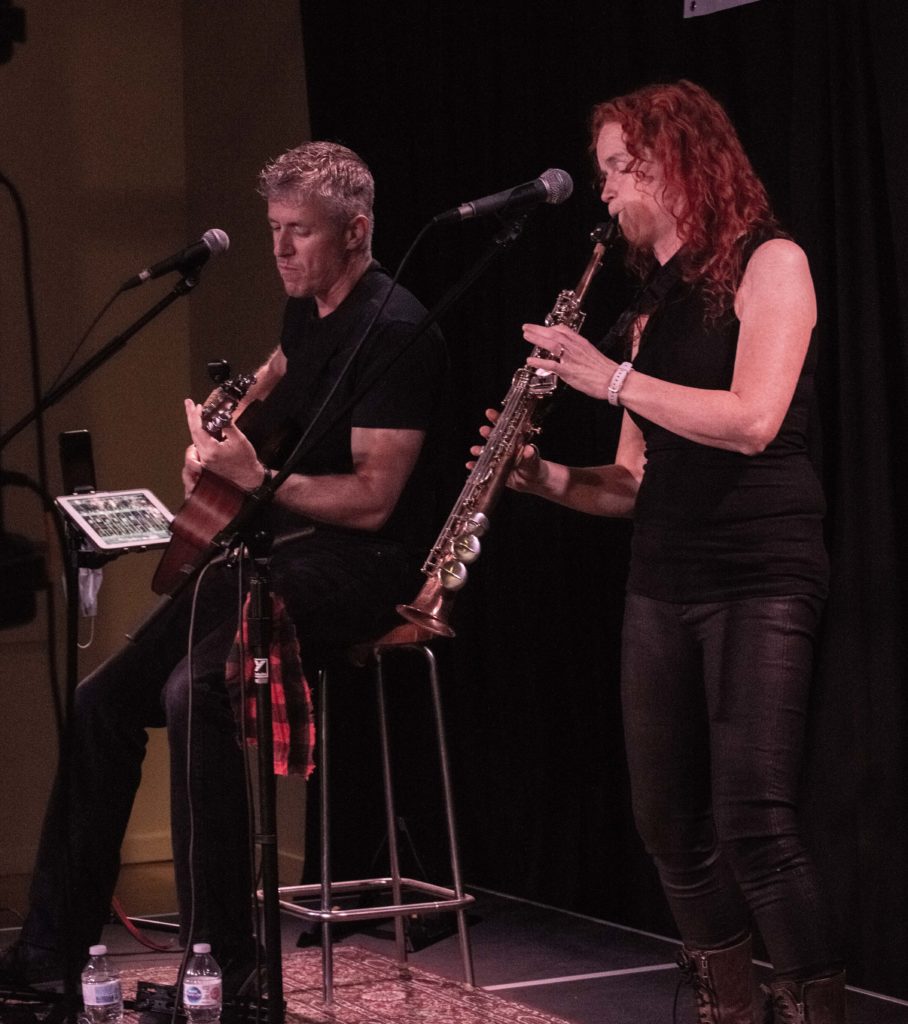 finally made it to Kimberley for a much-anticipated concert. “The Red Dirt Skinners are an Anglo-Canadian multi-genre duo, who formed in 2011”. They had been very active in Britain and Europe before their “accidental” relocation to Canada about five years ago. As the duo explains it, they were contacted by the Stratford Festival for an engagement. It wasn’t until the festival organizers sent them airline tickets that they realized that it was Stratford Ontario and not Stratford, England. Driving to the gig would not be an option. They ended up doing 12 shows over 17 days. During that time they were exposed to some Canadian cultural norms such as Bear Spray and a whole new understanding of distances between gigs. The engagement was so successful that the duo started looking at the possibility and final relocation to Canada.
finally made it to Kimberley for a much-anticipated concert. “The Red Dirt Skinners are an Anglo-Canadian multi-genre duo, who formed in 2011”. They had been very active in Britain and Europe before their “accidental” relocation to Canada about five years ago. As the duo explains it, they were contacted by the Stratford Festival for an engagement. It wasn’t until the festival organizers sent them airline tickets that they realized that it was Stratford Ontario and not Stratford, England. Driving to the gig would not be an option. They ended up doing 12 shows over 17 days. During that time they were exposed to some Canadian cultural norms such as Bear Spray and a whole new understanding of distances between gigs. The engagement was so successful that the duo started looking at the possibility and final relocation to Canada.